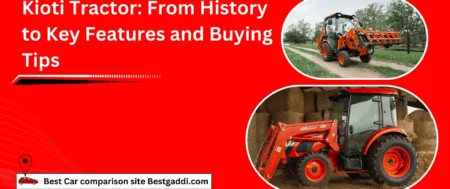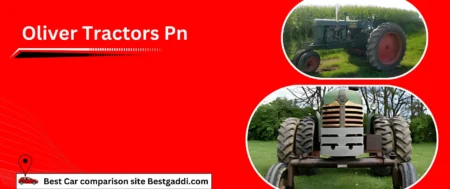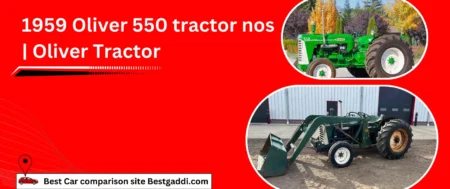Keep Your Massey Ferguson Running Like New! Whether you need engine parts, hydraulic components, or electrical replacements, for Massey Ferguson GC1723 parts
Table of Contents
Introduction
If you’re a proud owner of a Massey Ferguson GC1723, you probably know that it’s more than just a compact tractor—it’s your trusty partner for those tough jobs around the farm, yard, or construction site. But, like any machine, it requires proper care and maintenance to keep running smoothly. One essential aspect of this care is understanding the parts of your GC1723 and when they might need repair or replacement.
In this article, we’ll break down everything you need to know about Massey Ferguson GC1723 parts, from engine components to hydraulic systems. Whether you’re troubleshooting an issue or just being proactive about maintenance, having a good grasp of these parts can save you time, money, and a lot of frustration.
Overview of the Massey Ferguson GC1723 parts
The Massey Ferguson GC1723 is a compact yet powerful tractor designed for small to medium-scale operations. Whether you’re mowing the lawn, moving dirt, or doing light excavation, this machine has the power and versatility to handle it all. But what makes it work so efficiently are the various components and systems that come together to form this mechanical beast.
Understanding these parts can help you keep your GC1723 in top condition, and that’s exactly what we’re diving into today.
Why Knowing Your GC1723 Parts Matters
You might wonder, “Why do I need to know about all these parts? Isn’t that what mechanics are for?” Sure, mechanics are essential, but understanding the inner workings of your tractor can help you identify issues early, perform basic repairs, and maintain your tractor to avoid costly breakdowns. Plus, when you do have to consult a professional, knowing the basics ensures you can communicate clearly and avoid unnecessary costs.
Engine Parts of Massey Ferguson GC1723
Engine Block
The engine block is the heart of your GC1723, housing critical components like the cylinders, pistons, and crankshaft. It’s important to check the engine block regularly for any signs of wear or damage, such as cracks or overheating. A malfunctioning engine block can lead to major issues like loss of power or even a complete breakdown.
Pistons and Rings
Pistons and piston rings help control the engine’s combustion process, ensuring smooth performance. If you notice a drop in engine performance or hear unusual noises, it could be time to inspect the pistons and rings for wear or damage.
Fuel Injection System
The fuel injection system controls the flow of fuel into the engine. Issues with fuel injection can lead to poor engine performance, rough idling, or trouble starting. Keeping this system clean and free from clogs is crucial for smooth operation.
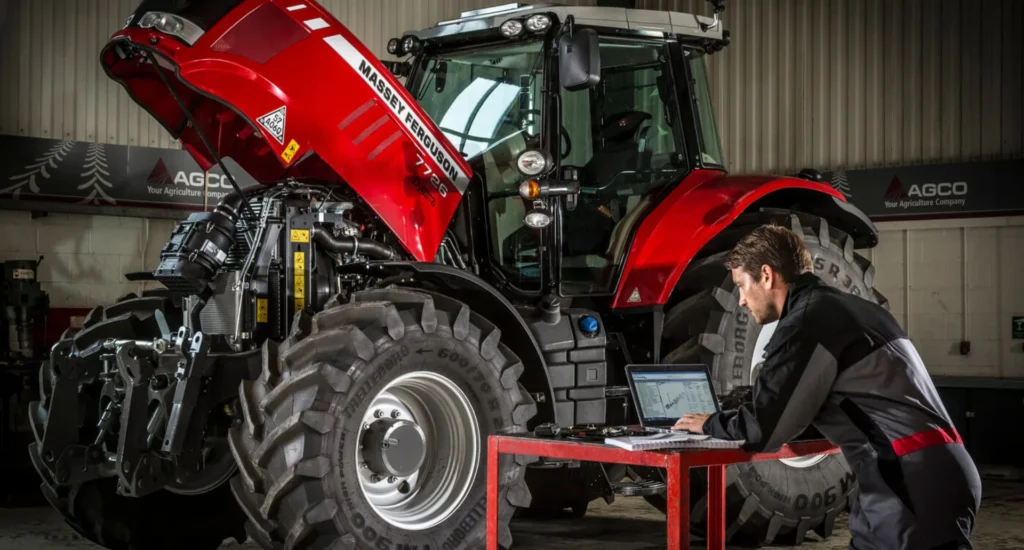
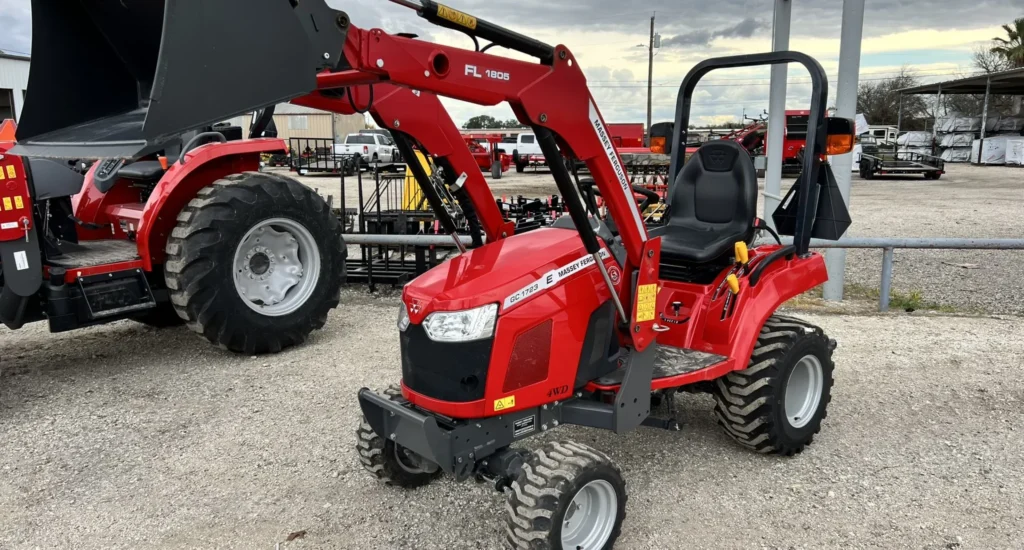
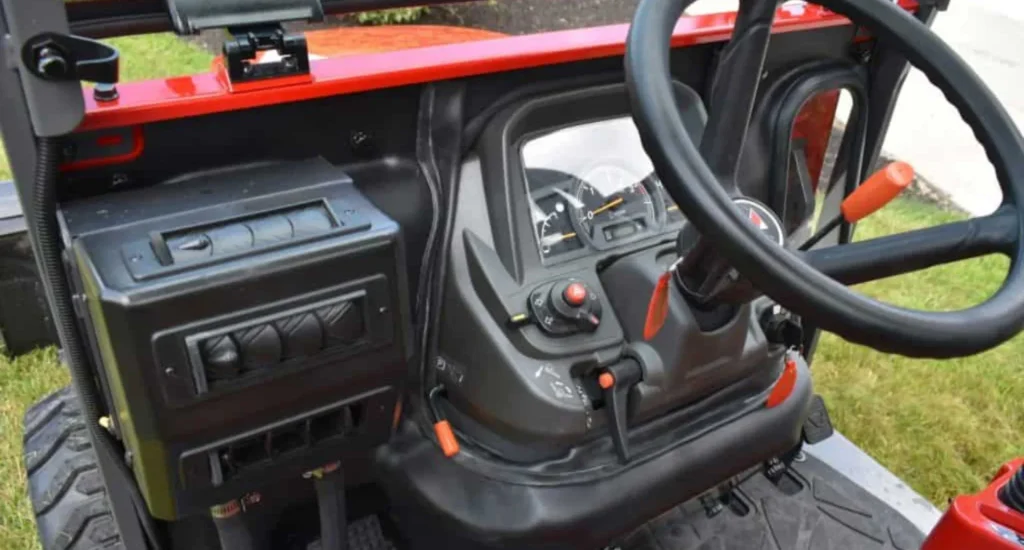
Transmission System Components
Hydrostatic Transmission
The hydrostatic transmission is one of the standout features of the GC1723. It provides smooth, variable speed control without needing to shift gears manually. Regular checks of the transmission fluid and ensuring there are no leaks are essential for maintaining this component.
Transmission Pump
The transmission pump circulates fluid through the system to keep the transmission cool and functioning properly. A malfunctioning pump can lead to overheating and significant transmission issues, so keep an eye on its performance.
Electrical System Components
Battery and Alternator
The battery and alternator provide the electrical power necessary for starting the tractor and running accessories like lights and signals. Regularly checking the battery terminals for corrosion and ensuring the alternator is functioning can prevent sudden electrical failures.
Ignition Switch and Wiring
The ignition switch and wiring are responsible for starting the tractor and keeping it running. If you experience trouble starting your GC1723, these components are often the culprits. Loose or frayed wires can cause intermittent issues, so it’s a good idea to inspect them periodically.
Lights and Indicators
Working lights and indicators are crucial for both safety and operational efficiency, especially if you’re working in low-light conditions. Burnt-out bulbs or faulty wiring can be easily fixed with regular maintenance checks.
Steering and Control Components
Steering Wheel
The steering wheel is your direct line of control over the GC1723. It should turn smoothly without resistance. If you notice stiffness or grinding when turning the wheel, it might be time to check the steering system for issues like low hydraulic fluid or a worn-out steering pump.
Control Levers
Control levers manage various functions of the tractor, including speed, direction, and attachments. These should be easy to move without sticking or excessive force. Any resistance could indicate a need for lubrication or more serious issues within the control system.
Hydraulic System Parts
Hydraulic Pump
The hydraulic pump powers the hydraulic system, which controls many of the tractor’s attachments, like the front loader and backhoe. Regularly checking hydraulic fluid levels and ensuring the pump operates smoothly is key to keeping these attachments working properly.
Hydraulic Lines
Hydraulic lines carry fluid from the pump to various parts of the tractor. If you notice fluid leaks or a drop in hydraulic power, it’s time to inspect the lines for cracks or damage. Replacing damaged lines promptly will keep your hydraulic system running efficiently.
Exterior Body Parts and Attachments
Hood and Fenders
The hood and fenders protect the engine and other critical components from dirt, debris, and weather conditions. Regular cleaning and inspection for cracks or dents will help maintain the longevity of your tractor’s exterior.
Front Loader Attachment
One of the most useful attachments for the GC1723 is the front loader. It helps you move dirt, gravel, or other materials quickly and efficiently. Keeping the attachment points well-lubricated and checking for any signs of wear can prevent issues during heavy use.
Backhoe Attachment
The backhoe is another fantastic attachment for digging and excavation tasks. Just like the front loader, you’ll want to keep it well-maintained to avoid breakdowns. Regularly inspect the hydraulic connections and attachment points for signs of wear or damage.
Safety and Comfort Features
Rollover Protective Structure (ROPS)
The Rollover Protective Structure (ROPS) is a vital safety feature that can prevent serious injury in case of a rollover. Always ensure that the ROPS is securely in place and free from any damage before operating the tractor.
Seat and Seatbelt
Comfort and safety go hand in hand, and your seat and seatbelt are essential parts of both. Make sure the seat is properly adjusted and that the seatbelt functions smoothly. A worn-out seat can make long workdays uncomfortable and unsafe.
Maintenance and Replacement Tips for GC1723 Parts
Maintaining your Massey Ferguson GC1723 is all about regular checks, cleaning, and timely replacement of worn-out parts. Always refer to the owner’s manual for guidance on service intervals and recommended replacement parts. Keeping a stock of essential replacement parts like filters, fluids, and belts can save you time and keep your tractor running smoothly.
Conclusion
Owning a Massey Ferguson GC1723 comes with a bit of responsibility, especially when it comes to keeping it in good working order. By understanding the key parts of your tractor and how they function, you can keep it running efficiently for years to come. Regular maintenance, timely repairs, and a good eye for detail can prevent most issues from becoming major headaches.
By Bestgaddi
FAQs
How often should I replace the hydraulic fluid in my GC1723?
It’s generally recommended to replace the hydraulic fluid every 200-300 hours of use, but always check your owner’s manual for specific intervals.
Can I perform basic repairs on the transmission system myself?
Some minor repairs, like checking fluid levels and replacing filters, can be done by the owner. However, complex issues should be handled by a professional.
What is the best way to maintain the front loader attachment?
Keep the attachment points lubricated, inspect for any wear, and ensure that the hydraulic connections are working properly.
How can I tell if the ignition switch needs replacement?
If you’re having trouble starting the tractor or if the engine starts but then stalls, the ignition switch or wiring could be the issue.
What’s the most important part of regular maintenance?
Fluid checks are among the most crucial parts of regular maintenance, as low or contaminated fluids can cause severe damage to various systems.
How do I know if the steering system needs attention?
If the steering becomes stiff or if you hear unusual sounds when turning the wheel, it’s time to inspect the hydraulic fluid levels and steering pump.
When should I replace the pistons and rings?
Pistons and rings generally last for thousands of hours, but if you notice a decrease in engine performance or increased oil consumption, they may need replacement.
Is it easy to replace the battery myself?
Yes, replacing the battery is straightforward. Just be sure to disconnect the negative terminal first to avoid short circuits.
What should I do if my backhoe attachment isn’t working properly?
Check the hydraulic lines and connections for leaks or blockages, and ensure the hydraulic fluid is at the proper level.
How often should I inspect the ROPS system?
Inspect the ROPS system every time you use the tractor to ensure it’s securely in place and free of damage.




